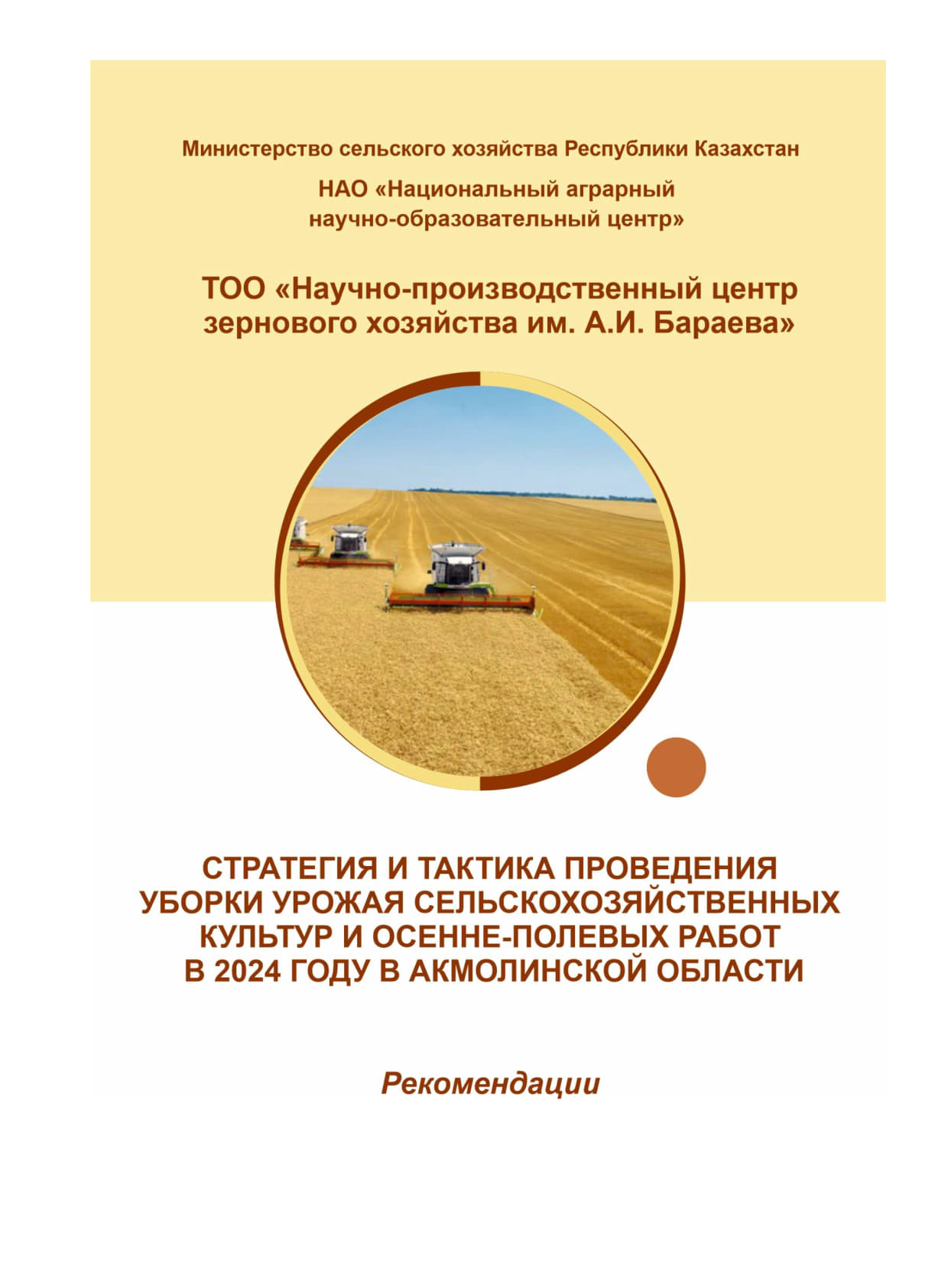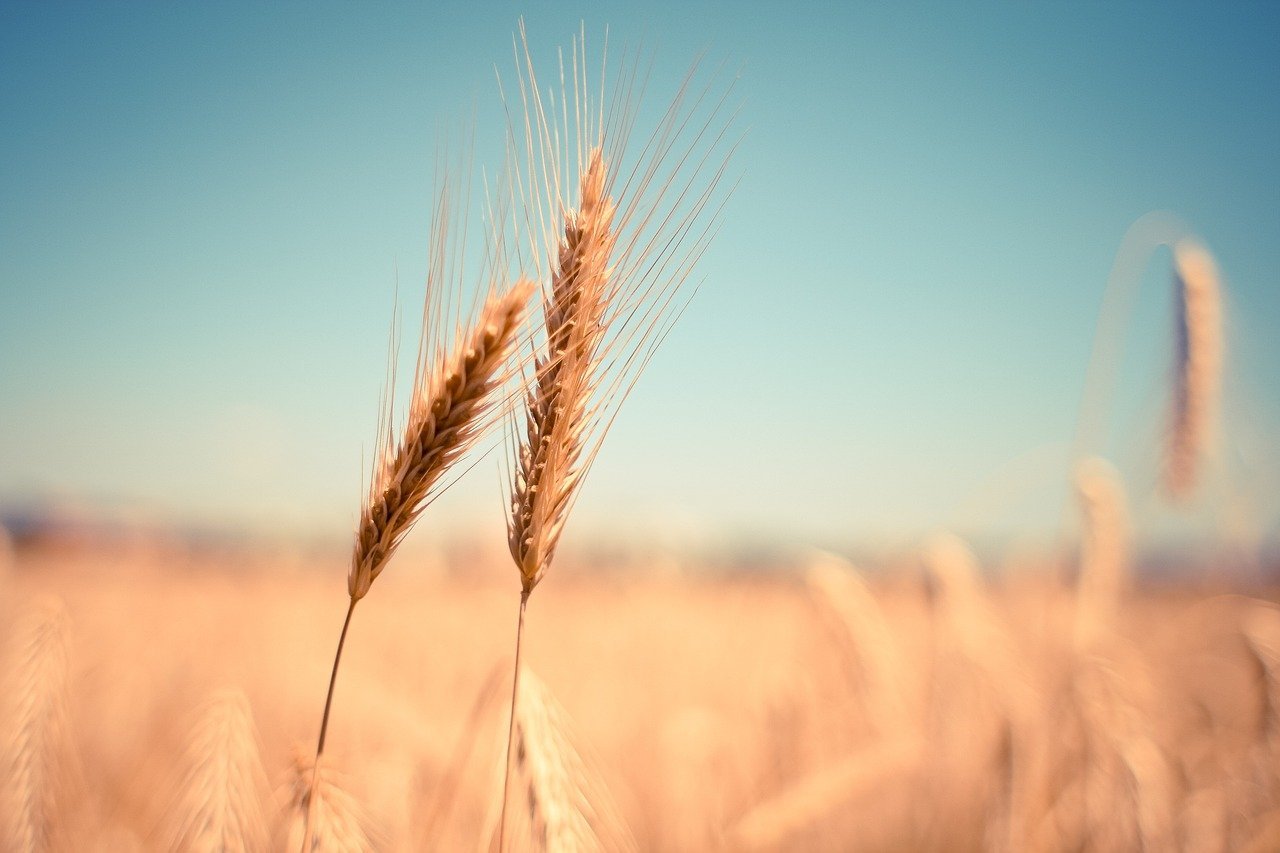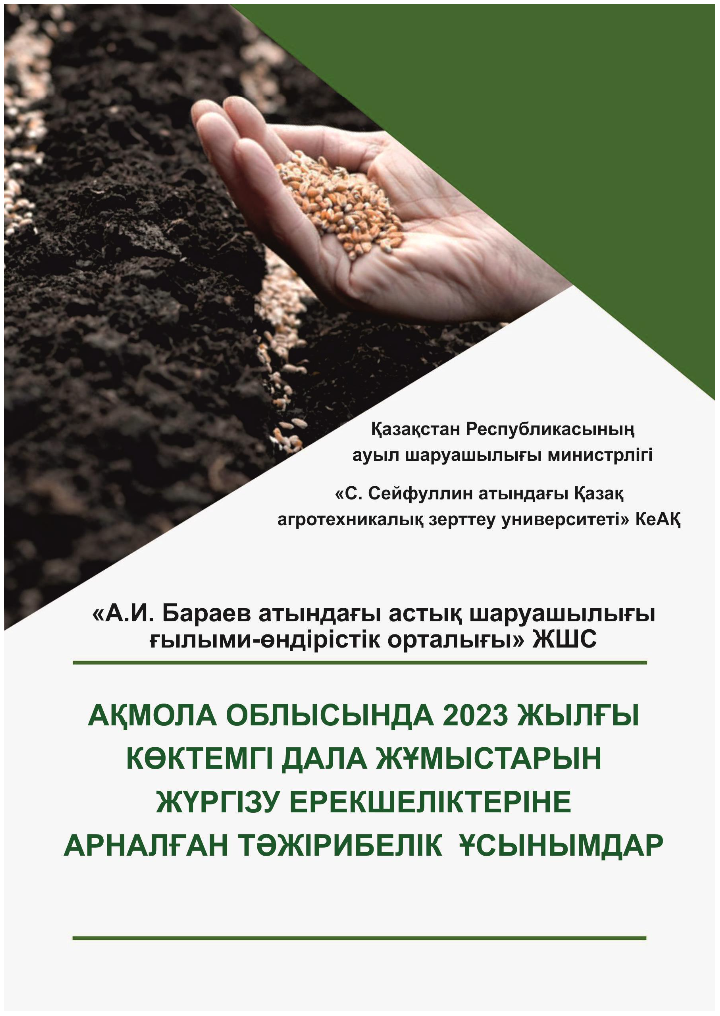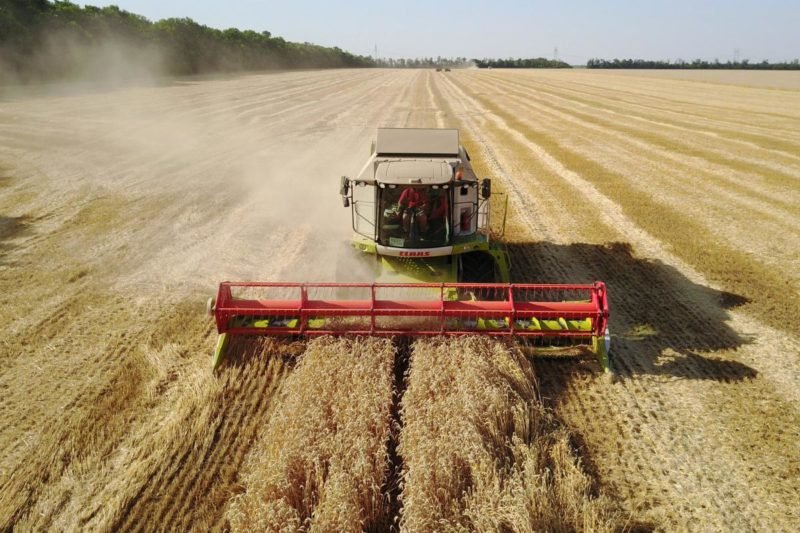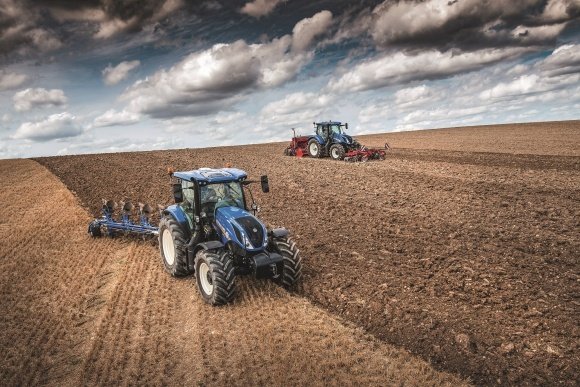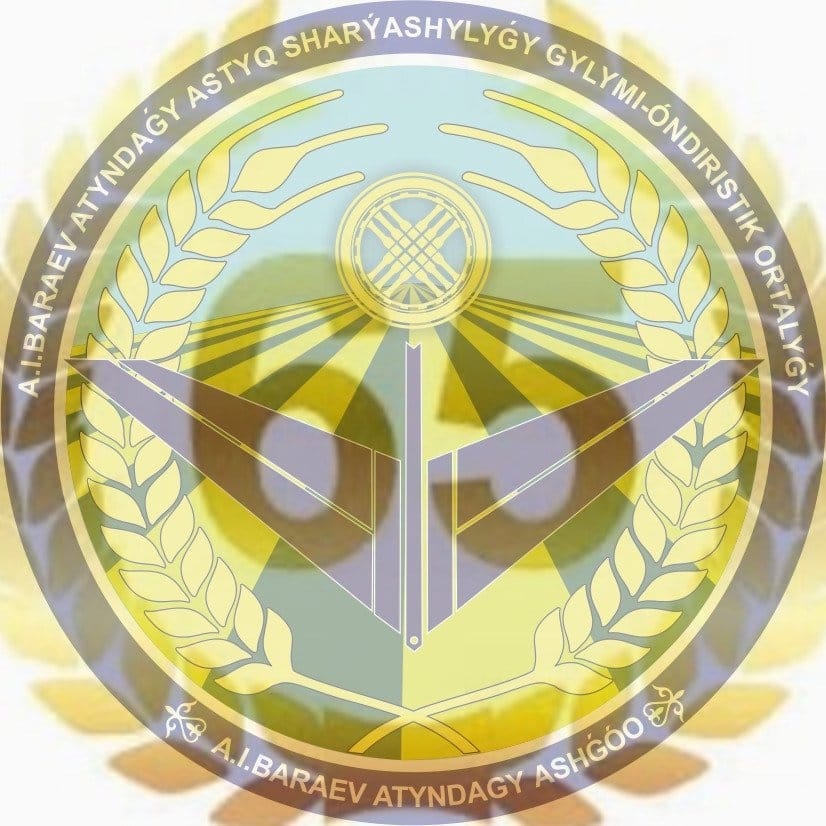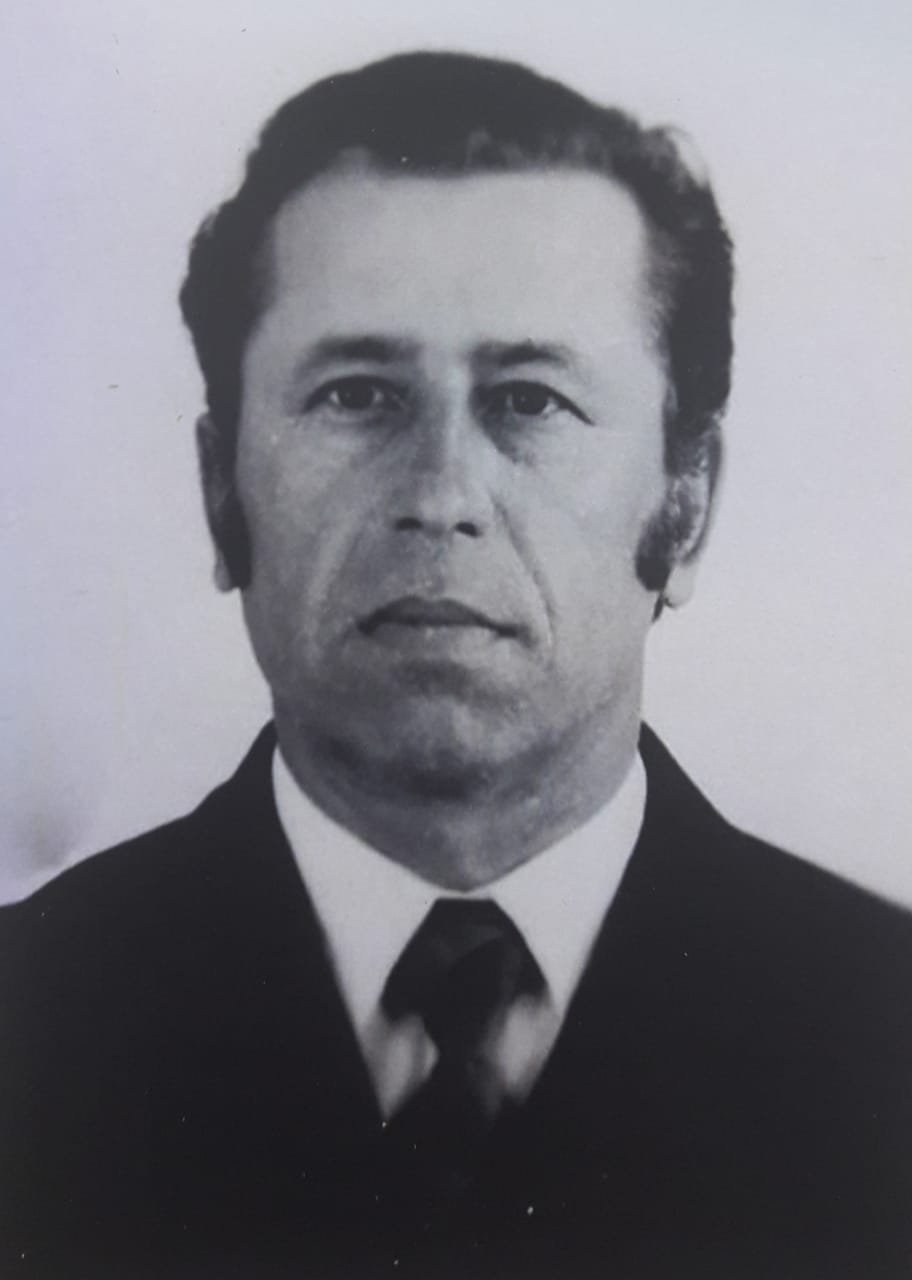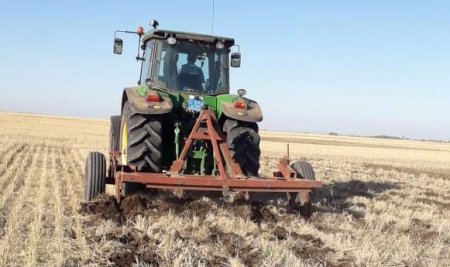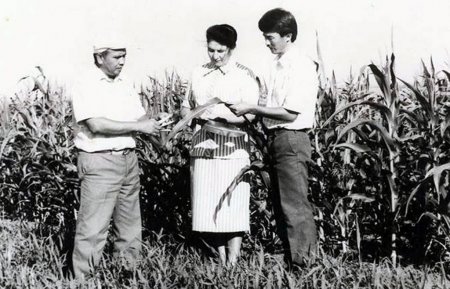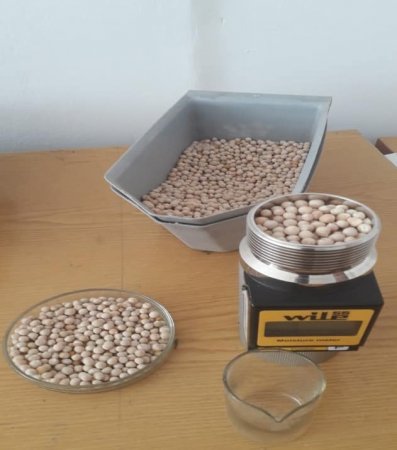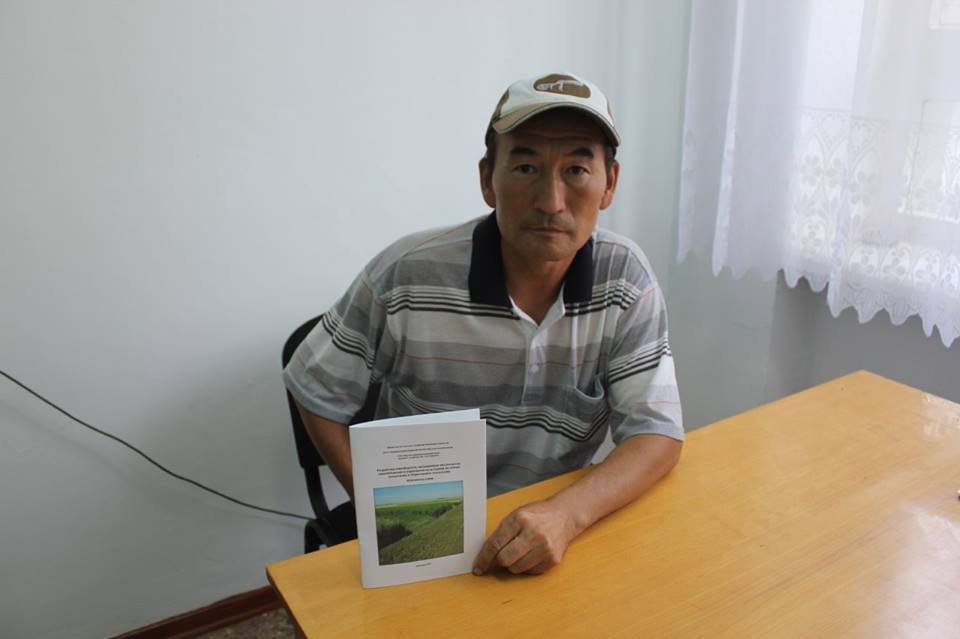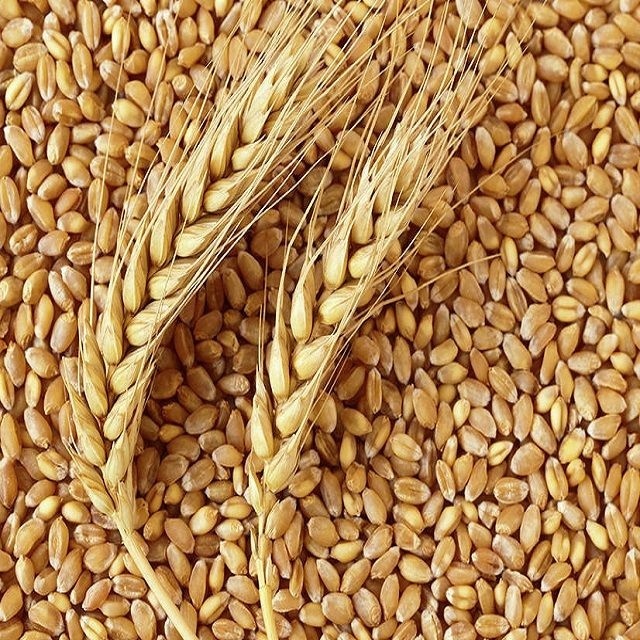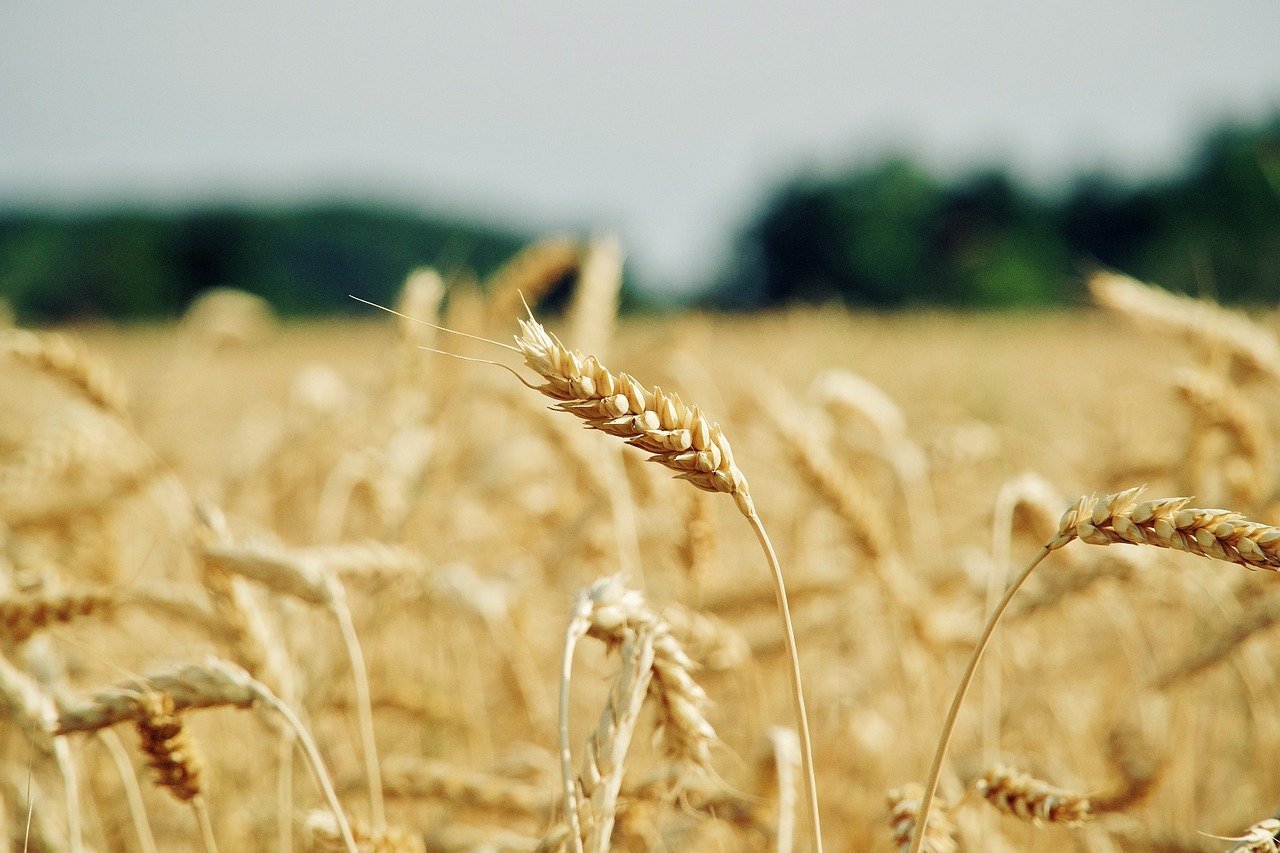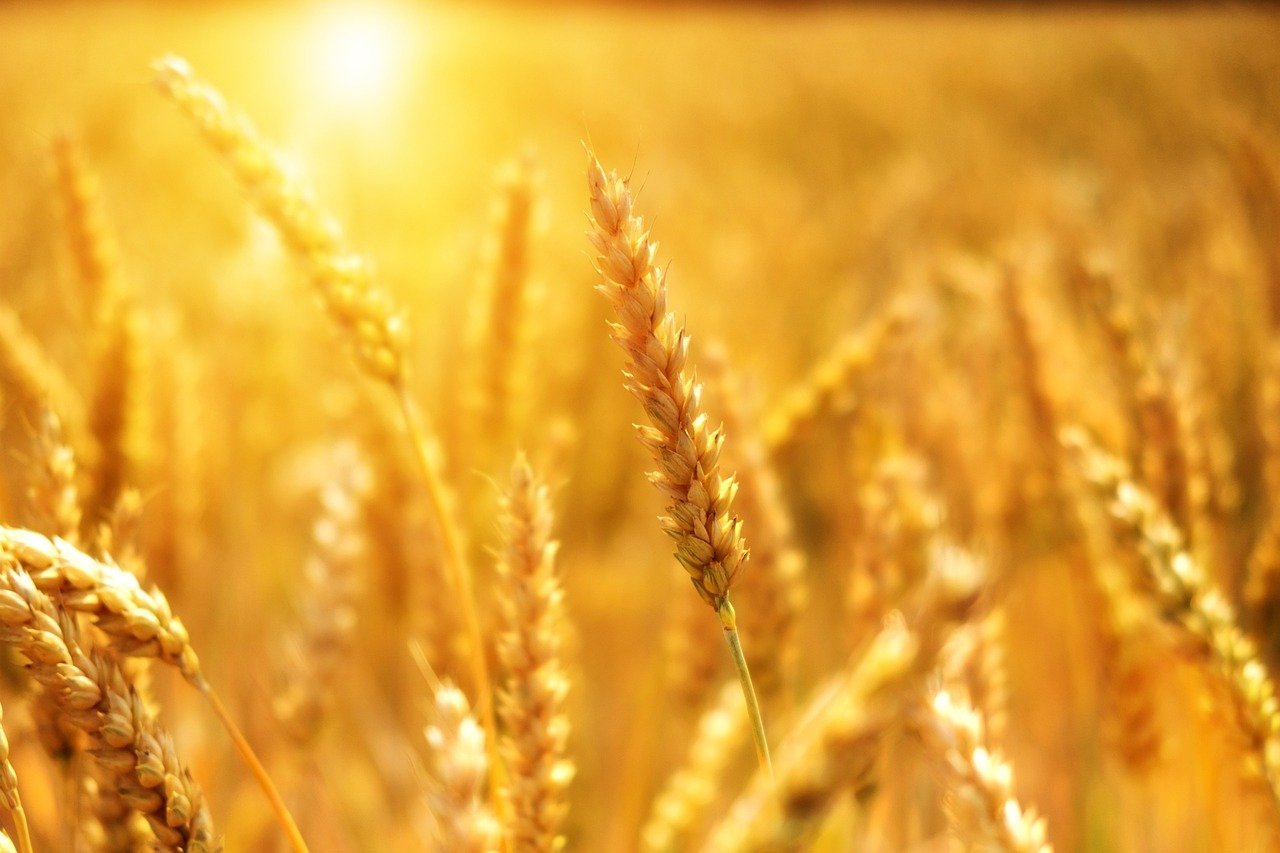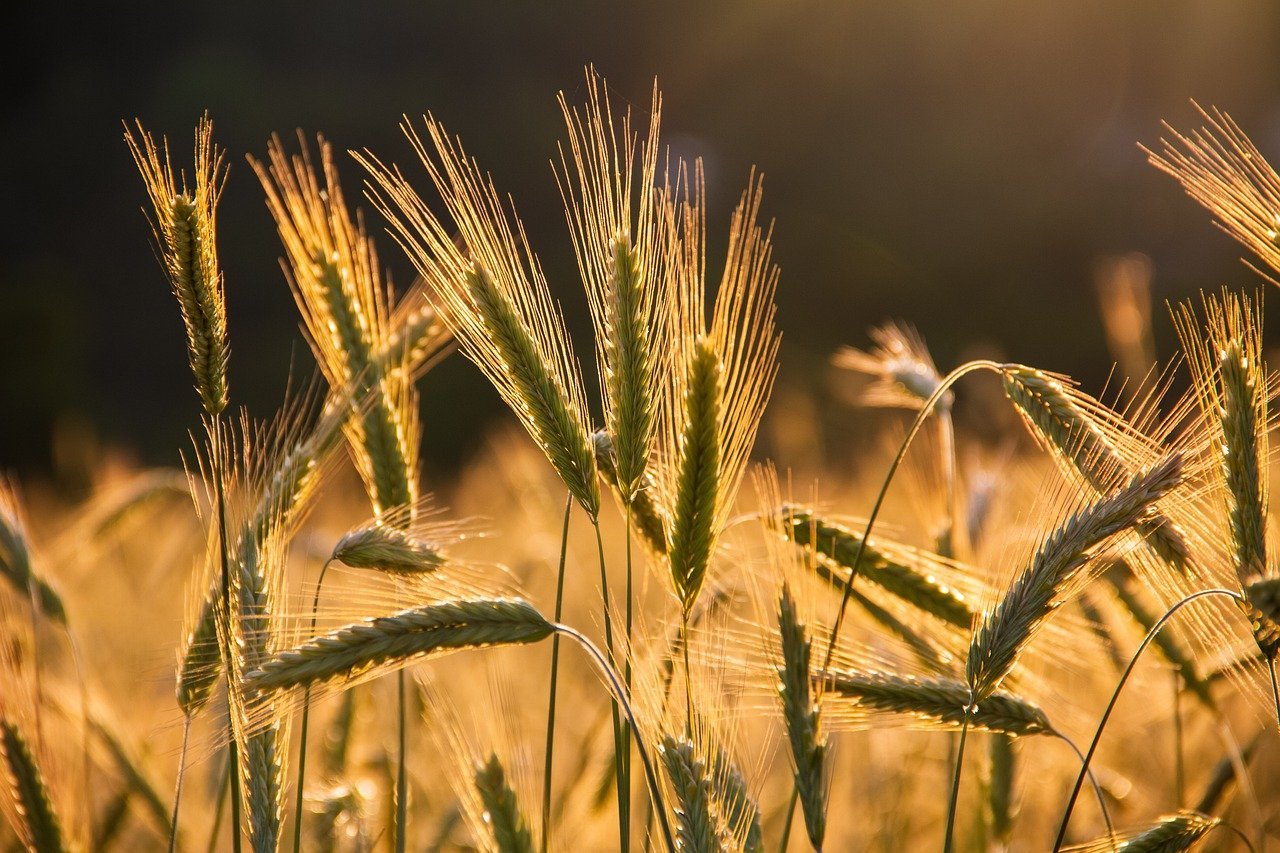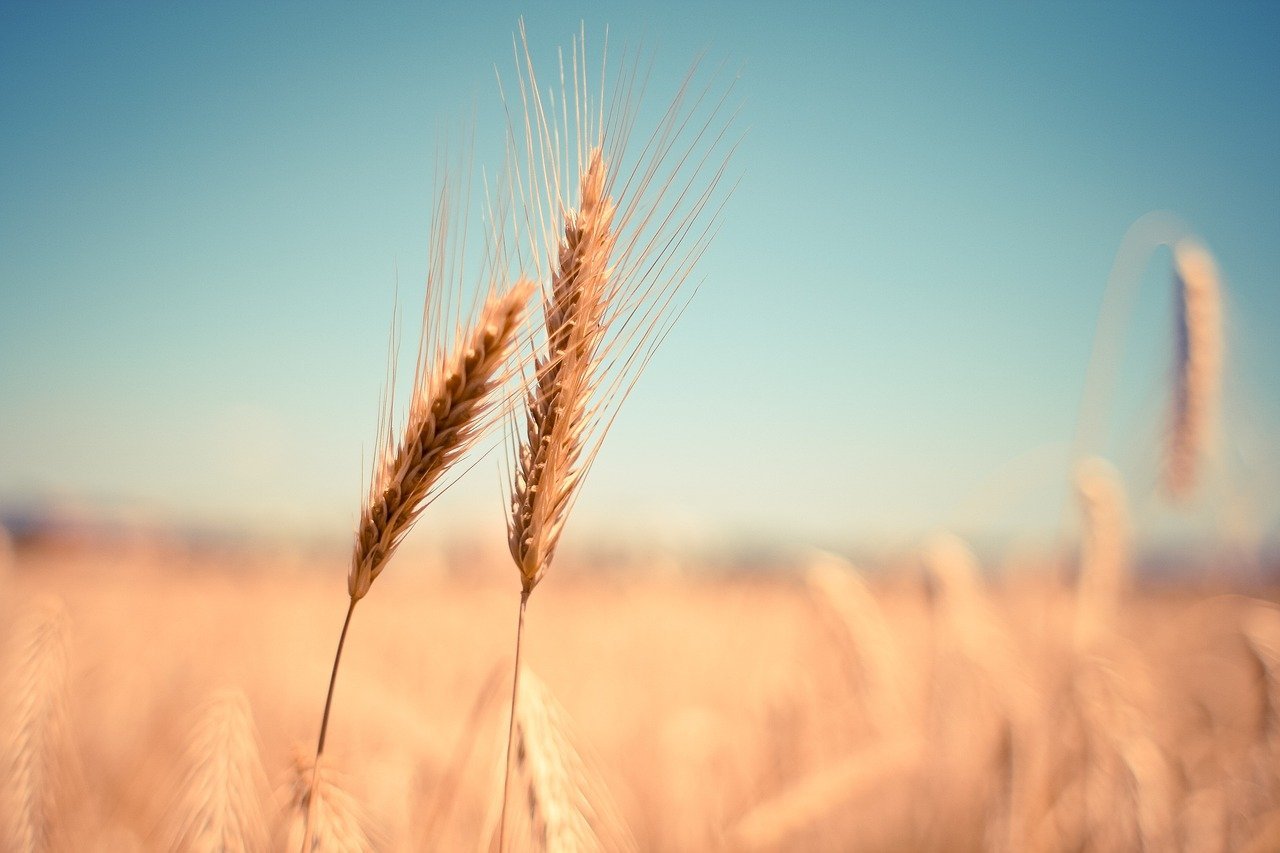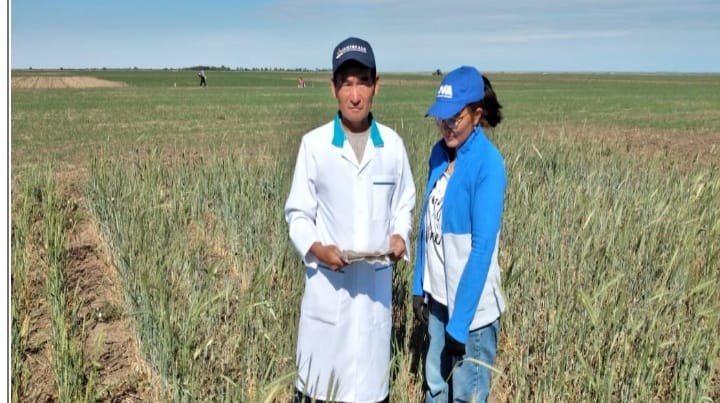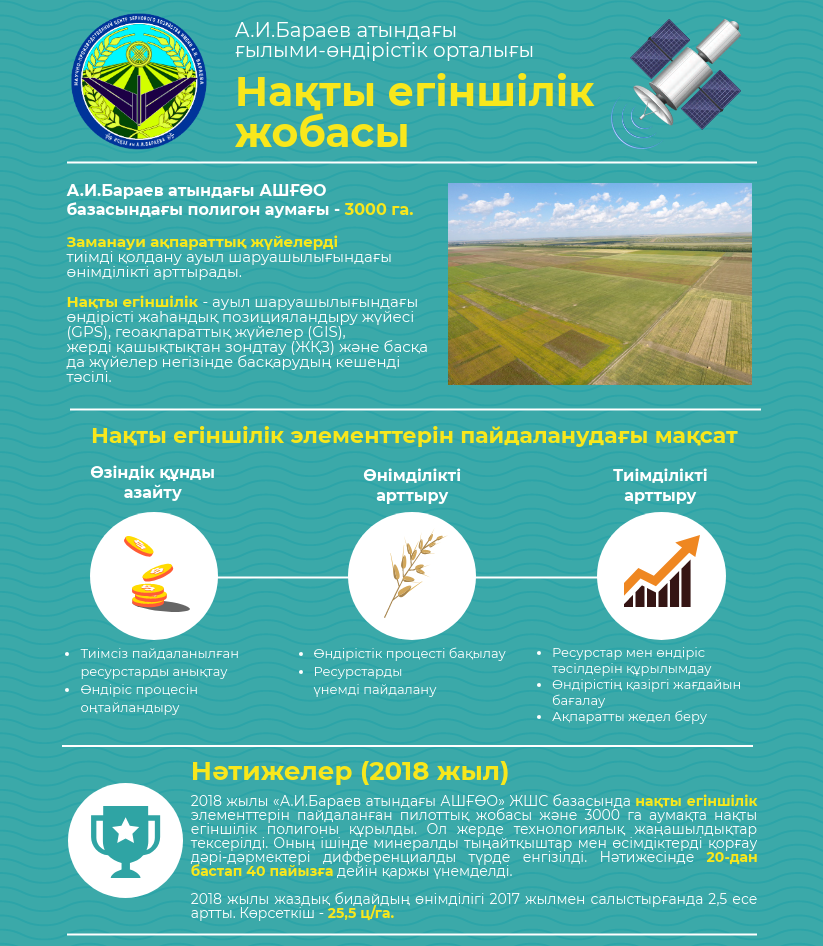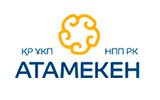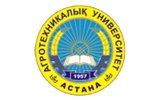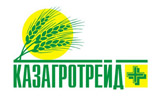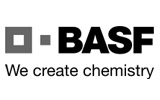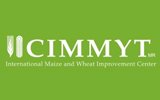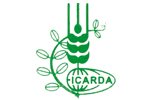LABORATORY OF CROPS
About / Laboratory
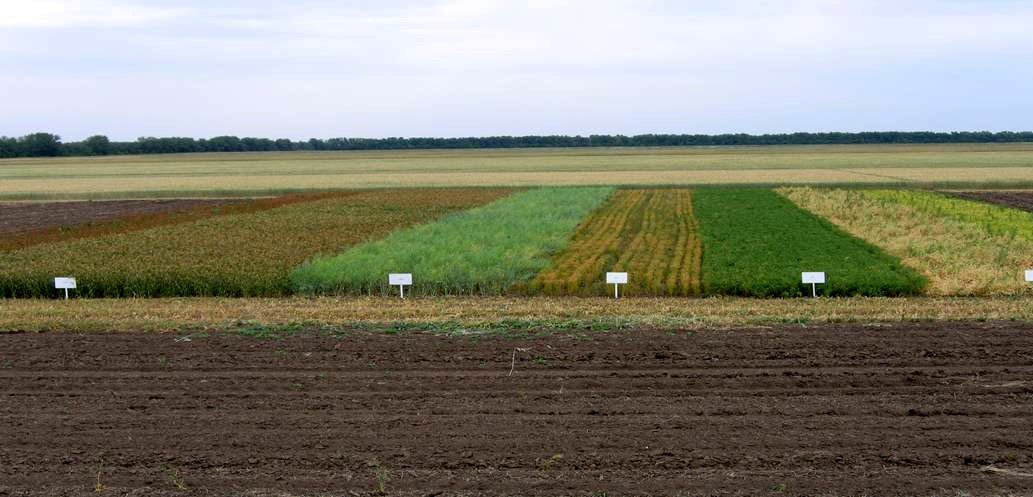 The laboratory was founded in 1961. MISSION: The main field of work of the crop rotation laboratory: the development of the scientific foundations for constructing field crop rotation and improving the structure of the use of arable land. The crop rotation laboratory was organized in 1961. The stationary experience in the study of field crop rotation was laid in 1961 (Figure-1).
The laboratory was founded in 1961. MISSION: The main field of work of the crop rotation laboratory: the development of the scientific foundations for constructing field crop rotation and improving the structure of the use of arable land. The crop rotation laboratory was organized in 1961. The stationary experience in the study of field crop rotation was laid in 1961 (Figure-1). Figure - 1 Many years of stationary experience in crop rotation
As a control, in many years of stationary experience in the study of crop rotation, since 1961 there are unique options for the permanent sowing of spring wheat without the use of intensification means and with the use of intensification means (1986), permanent sowing of corn (1962), permanent steam (1963), permanent barley ( 1990) and permanent sowing of pea-oat mixture (1997).
At the first stage of the research, they focused on the development of wheat-steam crop rotation, where the share of the steam field was 50, 33, 25, and 20%.
Of the studied crop rotations, the largest yield of wheat grain was provided by a four-field wheat-steam crop rotation (pure-spring wheat-spring wheat-spring wheat). At the first stage, up to 12 field crop rotation schemes were studied in the laboratory, the basis of which were pure vapors.
A methodology was developed for studying crop rotation on the basis of improving moisture accumulation, the use of plant protection products from pests, diseases and weeds, and the use of mineral fertilizers.
Studies have shown the advantage of grain crop rotations in productivity per unit of crop rotation area without a significant reduction in the yield of wheat grain. The most productive were crop rotations, where oats were sown instead of a steam field. The largest grain yield per unit of crop rotation area of 20.5 centners per 1 hectare was obtained in the grain crop rotation of oats-spring wheat-spring wheat-barley.
At the next stage of research, based on an analysis of the results of long-term data, new studies were begun to intensify field crop rotation, on the basis of reducing the share of pure steam in crop rotation and saturating crop rotation with grain, leguminous, oilseeds, row crops, fodder and green manure crops, studying steamless (grain) and fruit-bearing crop rotation (figure-2).
Figure-2 Fruit-shifting crop rotation with cereals, legumes and oilseeds
In crop rotation with steam fields, there is an enhanced mineralization of humus soil. Losses of humus in the soil make up the initial content of up to 21.8% compared to steam-free crop rotation. Pure steam is not a mandatory element of the soil-protective system of agriculture and can be used on a limited area, but subject to measures to protect soil from erosion.
Long-term scientific research has given rise to the following conclusions:
At the long-term in-patient laboratory of the crop rotation laboratory, the study of field crop rotation is aimed at optimizing the structure of sown areas based on the diversification of crop rotation on the principles of fertility with a wide variety of crops, which allows you to restore and maintain soil fertility, increase the productivity of arable land compared to grain-crops. The main type of crop rotation should be a crop rotation.
Employees of the crop rotation laboratory have patented and received 2 copyright certificates, 1 innovative patent and 6 invention patent. Based on the materials of scientific research, the annual recommendations of the center on conducting spring field and harvesting work for agricultural producers in the Akmola region have been issued.
Thus, about 70 schemes of field crop rotation and 26 crops are currently being studied in the laboratory. We study grain and steam, grain, fruit-bearing, grain-cultivating, grain-grass, biologized and grass-field crop rotation using three technologies (traditional, minimal and zero).
Many years of stationary experience in the study of various types and types of crop rotation laid on an area of 50 hectares.
The development of the theoretical foundations for constructing field crop rotations was led by: Dmitryuk I.A. (1962-1963 gg.); Gumerov B.B. (1963-1964 gg.); Polupudnov A.V. (1965-1967 gg.); Khlebov P.I. (1968-1973 gg.); Shramko N.V. (1974-1983 gg.); Suleimenov M.K. (1983-1986); Akhmetov K.A. (1986-2004 gg.). From 2005 to the present - Kiyas A.A.
